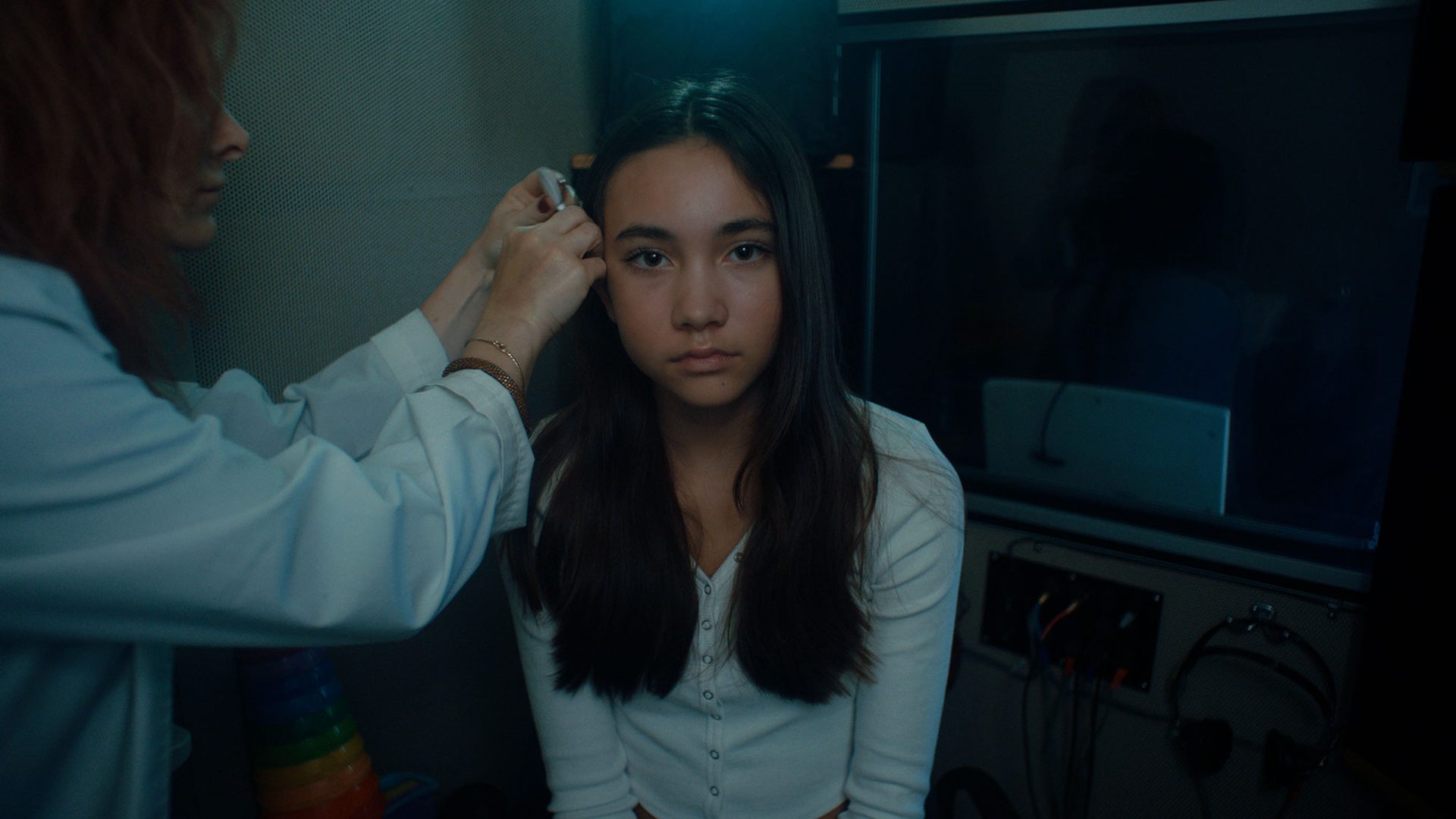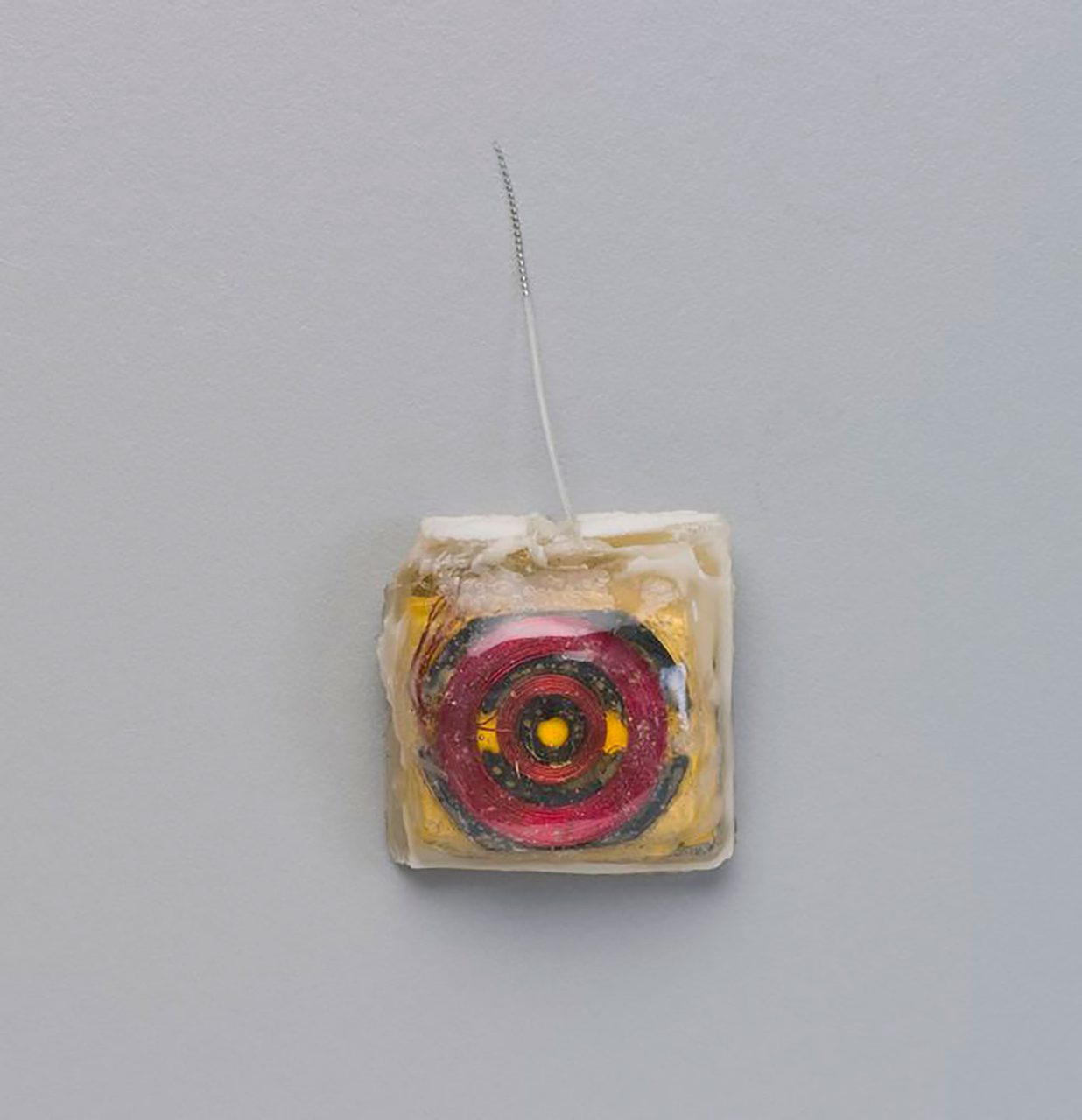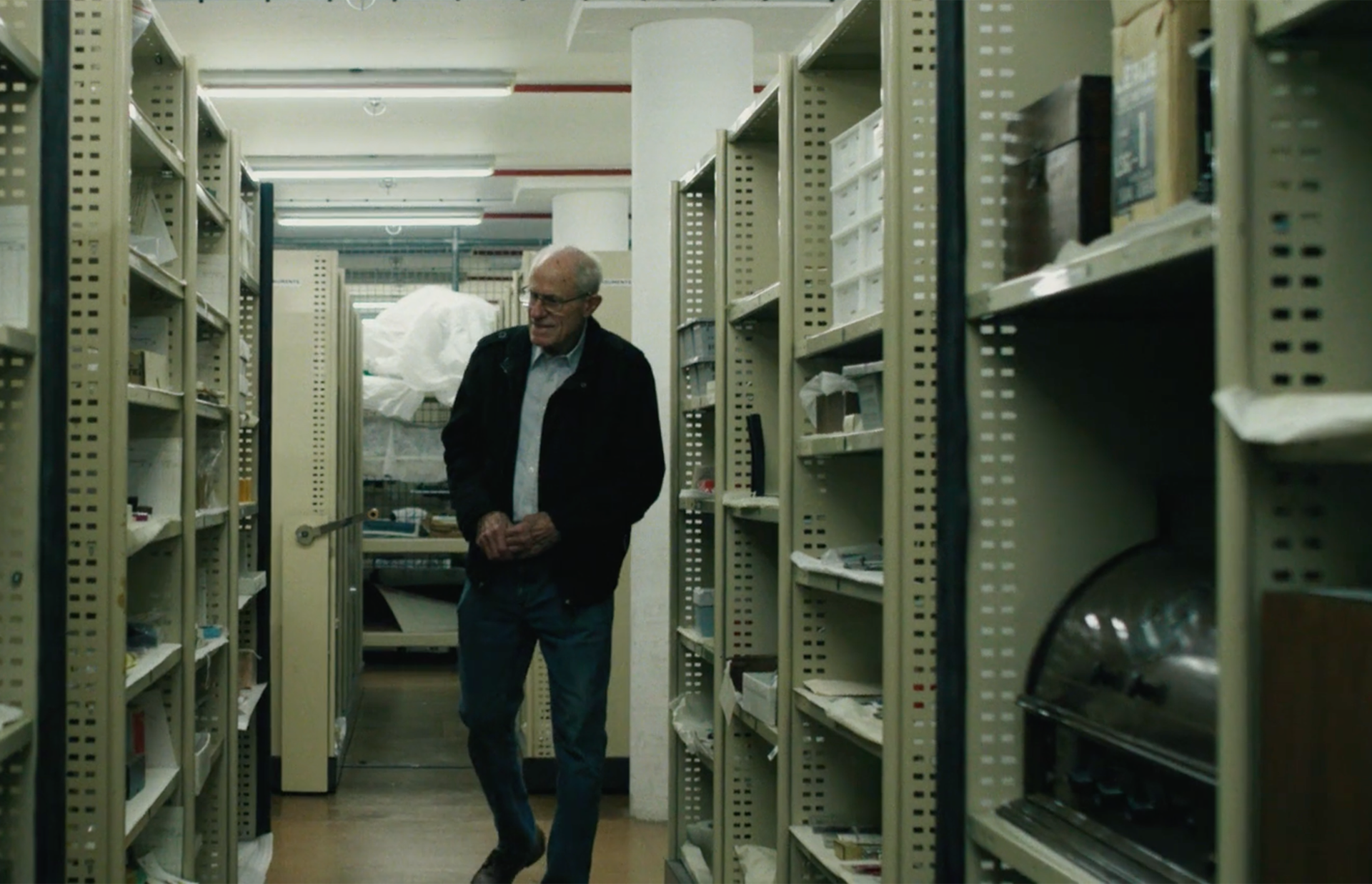Chella Man – The Device That Turned Me Into A Cyborg Was Born The Same Year I Was

‘I want to convey how I experience the world, and share how deaf individuals live on this ginormous continuum. I’ve always been in between the hearing world and the deaf world, but at this point I’m discarding that – I’m not between anything, I’m in my own world’
The arrival of the first cochlear implant was deemed a major feat of science for inviting the deaf community into the hearing world. Yet, within debates surrounding deafness and matters of identity, the dialogue around it has become fraught with conflicting opinions – a device considered an ableist development by some, and crucial to communication to others.
Co-commissioned by Powerhouse and Nowness, The Device That Turned Me Into A Cyborg Was Born The Same Year I Was is a short film that explores actor and director Chella Man’s relationship with the cochlear implant, and the nuances of life on a continuum between the deaf and hearing worlds. Fed by his experiences as a deaf, transgender, gender-queer creative, the film traces the journey through to his strengthened understanding of identity, and the multiple social convergence points he has been forced to navigate as a result.
Objects from the Powerhouse collection are animated through stories told by those who have the most intimate and personal relationships to them. Home to Dr Graeme Clark’s ‘gold box’ cochlear implant prototype and its subsequent developments, the collection also houses complex contradictions that exist between science, disability and identity. Debating the constraints of machinery, The Device That Turned Me Into A Cyborg Was Born The Same Year I Was investigates these tensions through the immobilising feeling of living and breathing as a cyborg.
By studying how something seemingly life-changing can, in fact, limit progress, The Device That Turned Me Into A Cyborg Was Born The Same Year I Was considers the cochlear implant’s existence as a symbol of integration and assimilation, and not something that facilitates access. Oscillating between daydream and nightmare as Man steps into his autonomy as a deaf adult, the film explores the embrace of devices developed with ableist intentions, and the complicated journey that accompanies the experience of hearing through them.
It was extremely important to center this film to be received by my own community
This interview was first published by NOWNESS in March, 2023.
What message did you most want to communicate through the film?
Chella Man It was extremely important to centre this film to be received by my own community. Often disabled, queer people of colour have to twist themselves into a narrative the mainstream world would understand, and this is something I was not willing to give in to. That could result in some confusion, but that’s exactly the point. The people who really understand will relate on a very deep level, but there are messages of humanity anyone can understand. I want to convey how I experience the world as my deaf identity. The mainstream world has a lot of stereotypes around deaf identity: someone who is non-verbal, who predominantly uses sign language. I’ve always been in between the hearing world and the deaf world, but at this point I’m discarding that – I’m not between anything, I’m in my own world, and I wanted to share the story of that. Navigating getting a cochlear implant and how jarring it was to watch surgical videos when I was 12 years old, and make these life-changing decisions; how I perceived the rest of my life if I consent to this surgery. I just wanted to tell this piece of me that has never been told in mainstream media and share with people how deaf individuals live on this ginormous continuum. All our experiences are very different.
When did you start to question your relationship with the cochlear implant?
I think I’ve always questioned my relationship. Growing up, my mum would ask me if I wanted these surgeries and, as a 6–12 year old, I didn’t really understand the impact of what that would do. I didn’t know what the right decision was, and I’ve come to realise there is no right decision – it’s just preferred. How you end up navigating the world. When I lost my cochlear implant at the Venice Biennale, I had gone the longest time I’d ever gone in my life in complete silence. That made me question my relationship with the cochlear implant because I expected to be more immobilised, surrounded by these different hearing people, but I found a lot of my energy was preserved when people began to type out their messages, or use live transcription applications. Instead of straining to hear in these different environments, I felt more liberated, and felt I had more energy. I was truly wondering, what is the best decision here – is it to take off my implants forever? This film was basically a meditation on that, which I essentially realised is a tool. It’s something I will probably oscillate back and forth between for the rest of my life.

From personal experience, in what ways have you seen assimilation hinder improvements in access?
I think when the goal of the assimilation is to cure, or to fix, then it’s always toxic. It seems to be not about welcoming others’ perspectives, and how their bodies may even be more adaptable and better in certain situations. So, anytime assimilation centres this hierarchy of bodies rather than seeing all bodies as people and encouraging curiosity of their differences, then that kind of assimilation becomes dangerous and toxic.
Has your understanding of this debate shaped your own community?
There is so much pain and grief from so many many disabled and trans people of colour about the way their bodies should be and one of the greatest rites of history is this deep initiative to fix or cure a body, or transmute or change that body, essentially into one that is better. Creating hierarchies that way is how we essentially dehumanise other people. So it shaped my own community because I think it’s at the core of every single fight of every single community I’m a part of.
What have been the most valuable developments in helping you understand your own identity?
Understanding the continuum. All my work centres around this parting of highways – of gender, sexuality, race, disability – and validating that you don’t have to fit in any kind of binary. Even seeing your experience represented somewhere else means you can be that representation for yourself, and validate that your life is real, you are real, your thoughts and feelings are true, and that they deserve to be respected. I don’t even care if they’re understood often, I just care that they’re understood by the people I love, but beyond that I just want that foundational respect. So, coming to terms with the continuum of all things, little, more mundane things – thinking so existentially and extremely about, ‘I need to get this done,’ or, ‘Things have to be this way’. Just being able to see the nuances, the layers, the continuum, the possibilities, the expansion – there’s so much fun in that!

Commissioned by the Powerhouse and NOWNESS
Directed, written, co-edited, & co-produced by Chella Man
DP: Leroy Farrell
DP2: David Quateman
AC: Dan Brauchli
Co-Producer: Tony Zosherafatain
Cast: Sammy Kim, Joyce Homs, Darrick Delao, Jacinda Damas, Katie Man, Jon Man, Johnathan Man, Meg Man
Animation: Signing Animation
Sound design: Amelia Palmer & Chella Man
VFX Editor: Mark Despasquale
BTS Videographer:Yaz Josiah
BTS Photographer: Tau Lucas
Editor: Eric Barr
PA: Vineeta Maruri
NOWNESS
Creative Director: Bunny Kinney
Managing Director: Gavin Humphries
Commissioning Director: Katie Metcalfe
Digital Editor: Kate Przybyla
Producer: Noor Miah
Video Editor: Harry Bowley
Social Media Editor: Phoebe Gardner
Social Media Assistant: Mohammad Tariq
Powerhouse
Head of Digital: Callum Cooper
Creative Producer: Cara Stewart
Cinematographer: Cameron Johnson
Curator: Nina Earl
Collections Team: Teresa Werstak, Kate Chidlow, Vanessa Pitt, Lucy Clark

























